Interior Removal Specialist, Inc. - “Destruction with Care,” an Inspiration for Sustainable Demolition and Recycling Everywhere


Richard Ludt is passionate about sustainable deconstruction, and his energy shined through on a recent Greenbuild tour to see the Interior Removal Specialist, Inc. (IRS) construction demolition recycling (CDR) facility outside of Los Angeles in South Gate, California. I was fortunate enough to take this tour, and I can say that I was really impressed. Honestly, I also thought anyone would be!
IRS is a commercial interior construction and demolition (C&D) and recycling company located on a 14 acre site in South Gate, where their building achieved a 97% reuse rate in 2016. We saw building elements including reused commercial doors, a conference table and chairs, window shades, and a $300,000 system of steel desks. Even a former parking lot fire hydrant is now a piece of sculpture, and a hanging painting was rescued from a dumpster. The state-certified facility is the only facility in Southern California to receive Recycling Certification Certified Institute (RCI) certification.

The best part of this visit aside from Richard’s energy and shared wisdom about the deconstruction market is that IRS is clearly doing great work. Focusing on commercial interior deconstruction, the company carefully removes materials and furnishings from sites and diverts as much waste as possible, achieving stronger results as they serve as the demolition contractor, hauler, and installer. With all three roles, they are able to focus on “never losing materials.” According to some internal and external sources, the company diverts over 79% of inbound debris from landfills, including ceiling tiles, drywall, insulation, carpeting, metals, and furnishings.
IRS can salvage items many companies can’t, given that they serve in multiple roles and can provide a vertical/chain-of-custody process and then as they also donate a percentage of items that are valuable but might not have as ready commercial value. An example might be office chairs that might not sell particularly well but have a great next life in a community resource such as a firehouse, school or nonprofit organizations. IRS has apparently donated over 12 million pounds of furniture.
IRS is also a socially positive employer. The company employs 200 people, 160 of whom are out in the field every night deconstructing and hauling. According to Richard, the company is intentionally somewhat low tech - this means they can do more with care and this also helps with providing good local jobs. The company partners with and hires team members from Homeboy Industries, a nonprofit which focuses on rehabilitating former gang-involved and previously incarcerated people.
Richard also shared challenges in the waste diversion market. For one thing, the way diversion rates are counted incentivizes waste handling organizations to misreport, so they don’t lose out on jobs or lose their place on approved vendor lists. Another challenge involves a class of hazardous waste called “Universal Waste.” This is a category created basically to handle the fact that waste that is technically hazardous is part of our everyday home and work lives - it’s so “universal” that classifying this waste as outright hazardous would limit our ability to function for all practical purposes. But that classification doesn’t change the risk. Light bulbs are an example universal waste product where the rules say the item must be disposed with care and some cost, but unfortunately one way around this is to literally break and “hide” the bulbs in waste. The challenge is that this means the gasses in those bulbs are coming largely into interior space, which is unhealthy for those working in the space and of course on the project.
We also learned about challenges relating to specific materials, such as the fact that interior wood products can be among the most toxic and therefore challenging materials in sustainable demolition. When this woodwork gets landfilled, the finishes, fire retardants and other chemicals eventually, always leak. Leaching into the water supply is a risk with gypsum as well. Apparently landfilled gypsum generates toxic gas due to a lack of oxygen, where gypsum mixed with soil can successfully converted to useful and safer agricultural use. At this time, there’s also no way to recycle insulation, and the market for cardboard recycling has collapsed to to online delivery companies like Amazon, which have made basically infinite supplies of new cardboard available at everyone’s door.
One of the best parts of the tour was a display and really kind of an art/inspiration project of the materials that came from a 22k sf full floor interior office deconstruction project. Our group walked past large displays of tens of tons of drywall, metal, wood, concrete, insulation, plastic, ceiling tiles, even plumbing, and universal waste. (See images below) Richard has apparently long wanted to show in this life-sized visual to show people just how much material is removed and recovered from this type of removal project. Their work to recover as much material as possible is of course important, but this work also of course raises the question about how we can do better and make built spaces last longer, and try not to throw away. Because reuse rates are of course not 100%, and far from it. As Richard credits to early USGBC leader Rick Frederizzi, “There’s no such thing as away.” We can not simply wish our deconstruction problems away.
There’s a clear response to seeing such a great facility, and it’s not surprisingly the thought I already had coming in: “Why isn’t all deconstruction done this way?” I am so happy to see such a terrific facility, but I hope that one day we will indeed think more before major remodeling and demolition, and also that all deconstruction and demolition is handled with such care regarding reclamation and reuse. Let’s hope everyone can and will learn from the IRS example!
What does a carefully deconstructed commercial interior office building floor look like? Check out these example materials below.
Mixed debris:
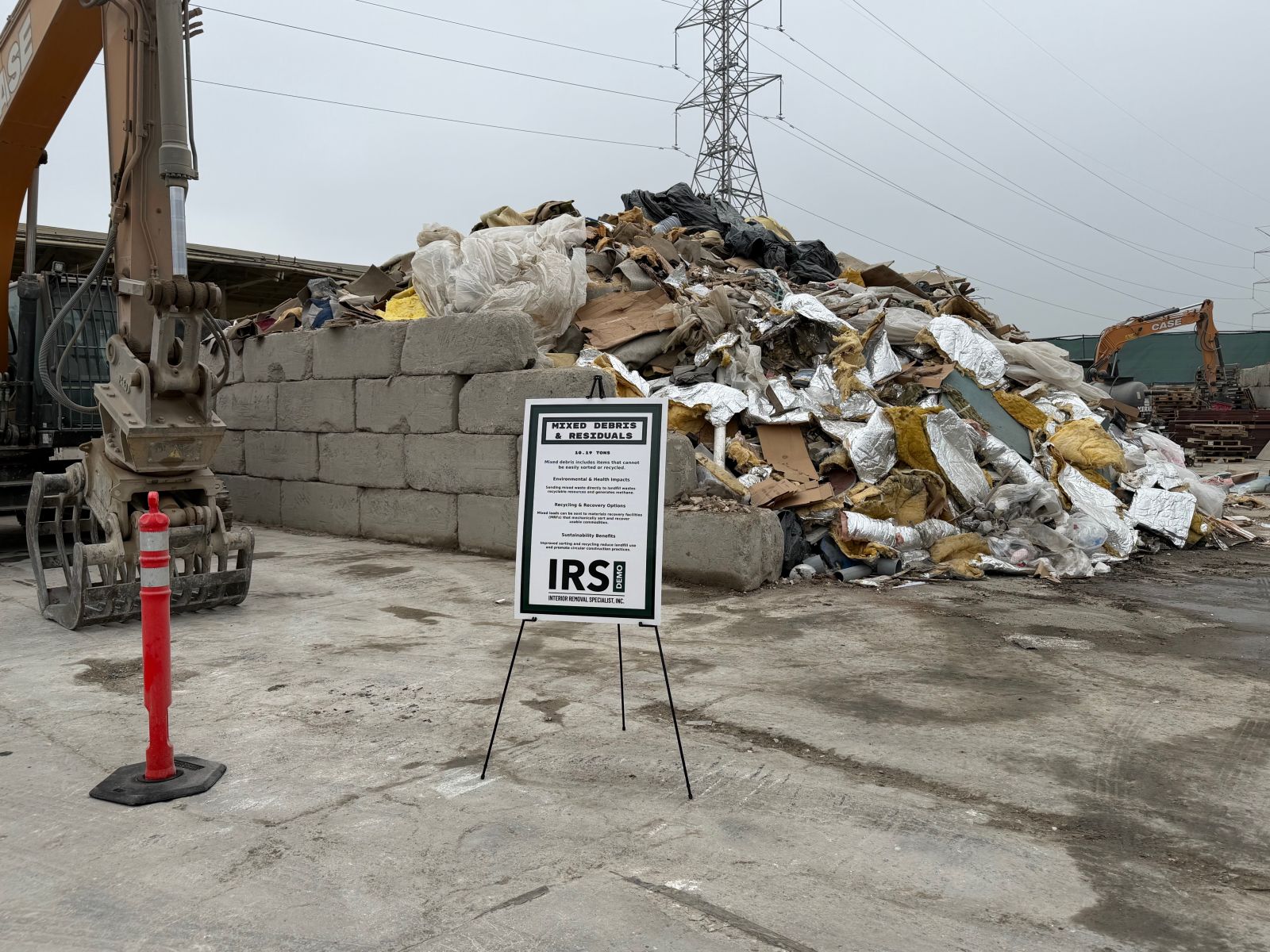
Gypsum:
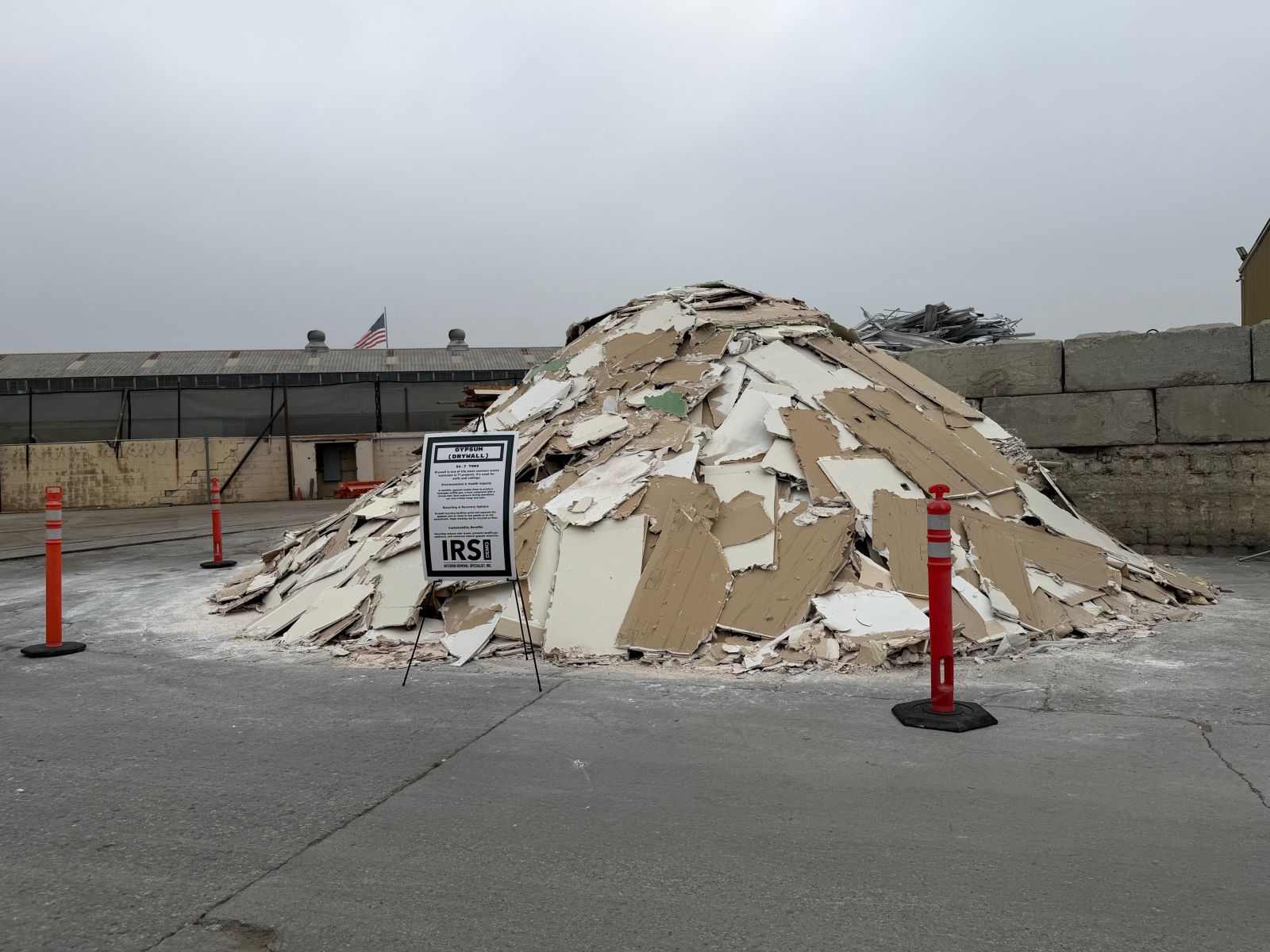
Metals:
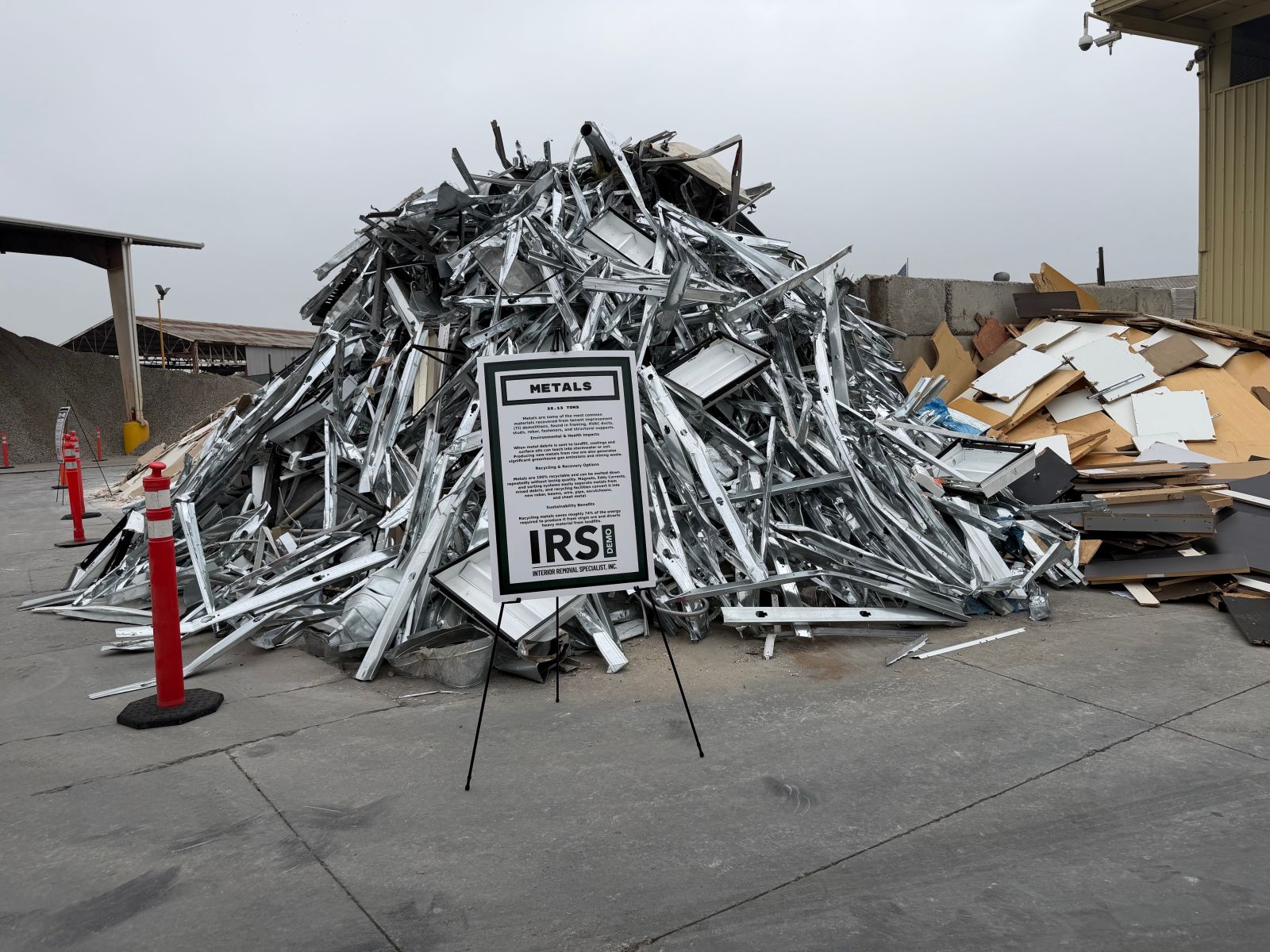
Wood:
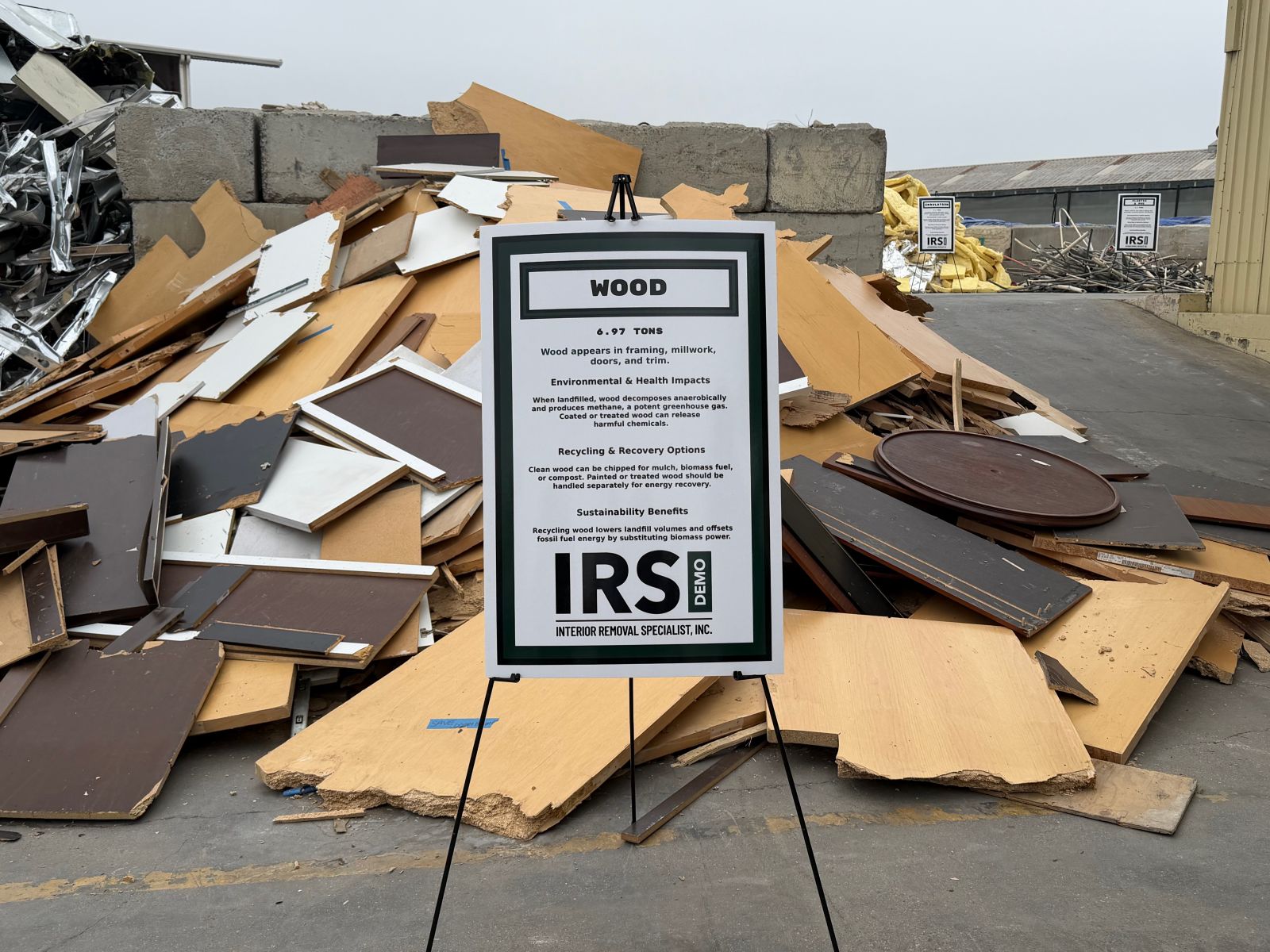
Concrete, masonry, and tile:

Insulation:
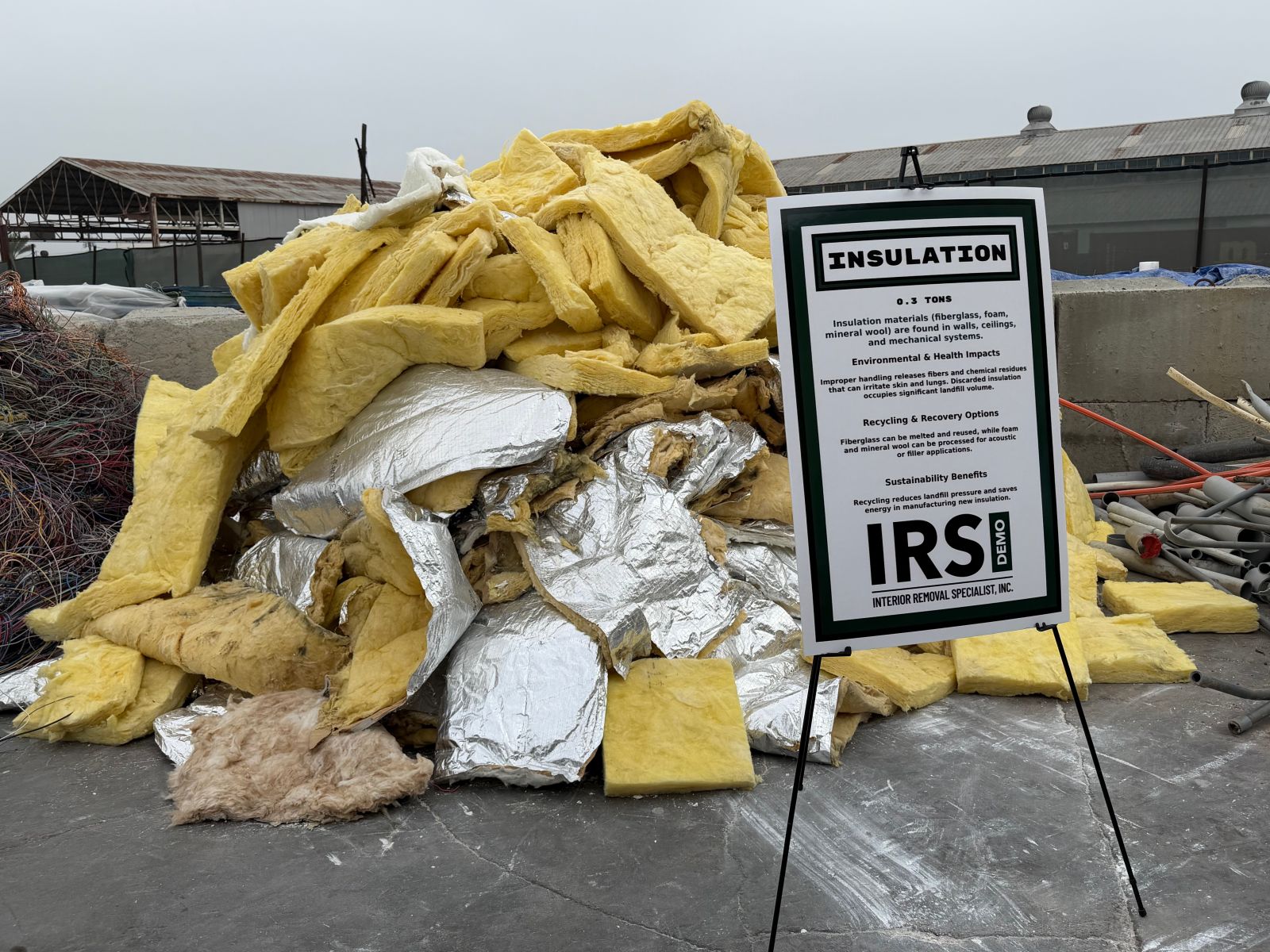
Metals:
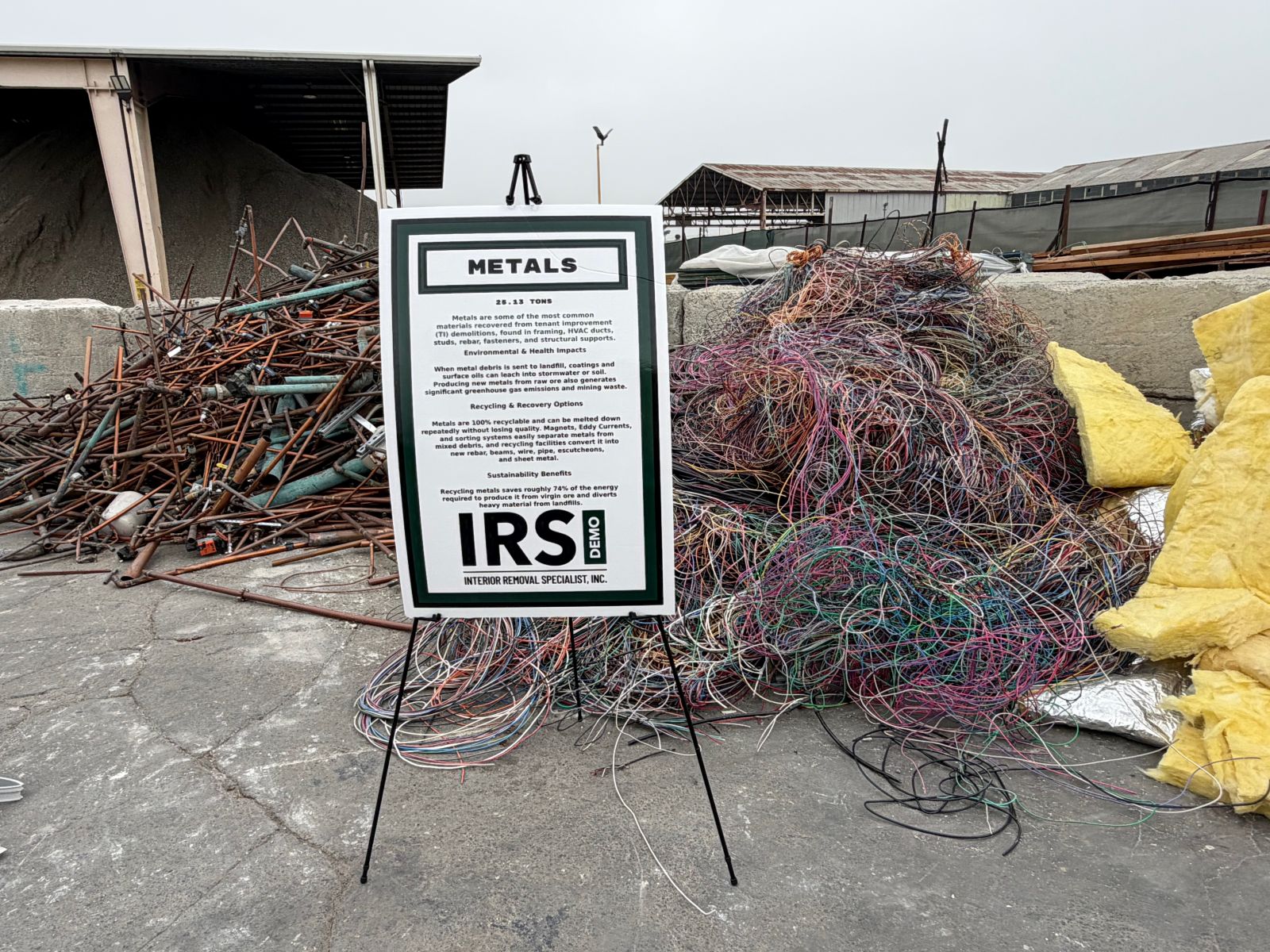
Plastic and PVC
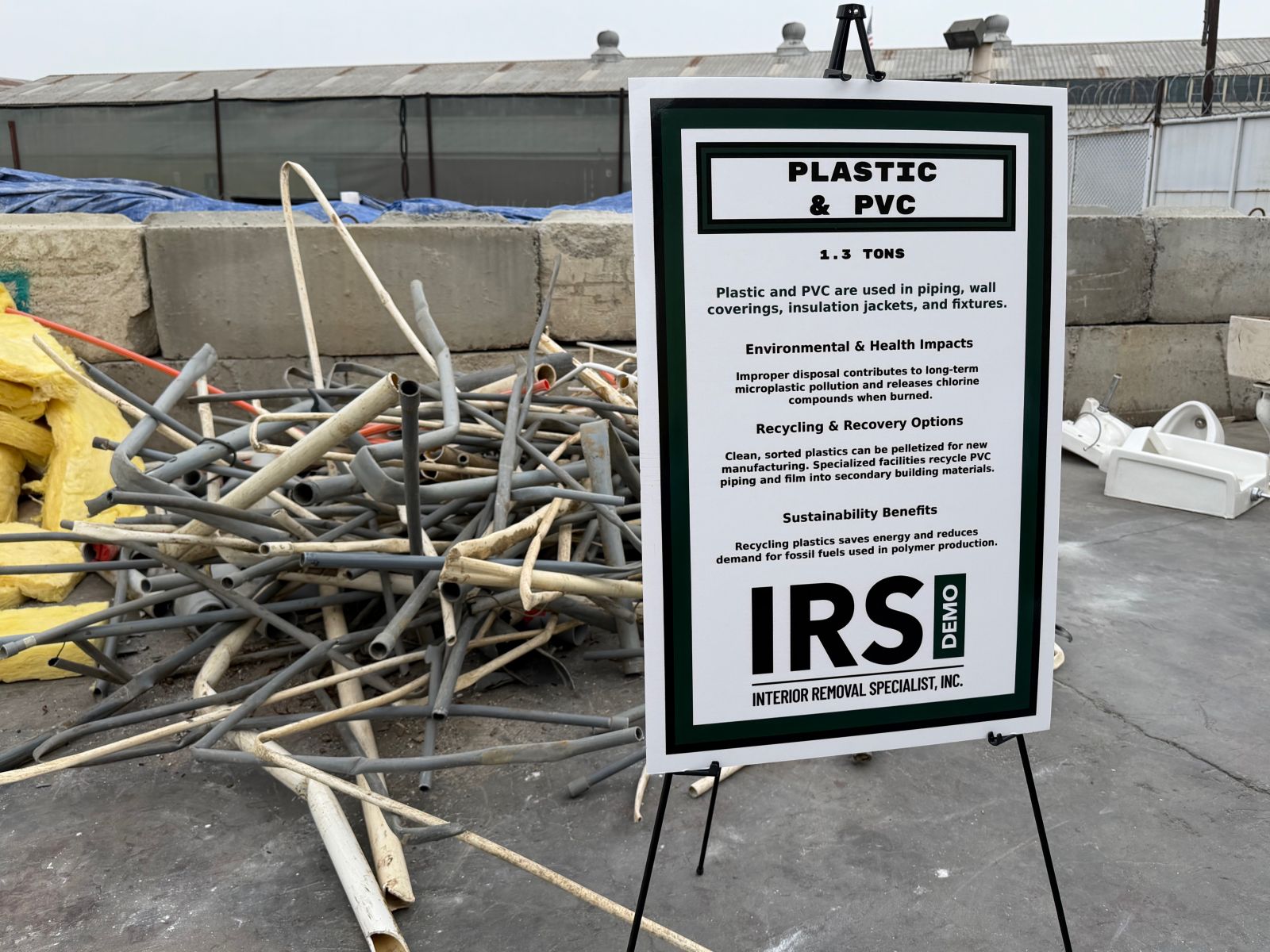
Ceiling tiles:
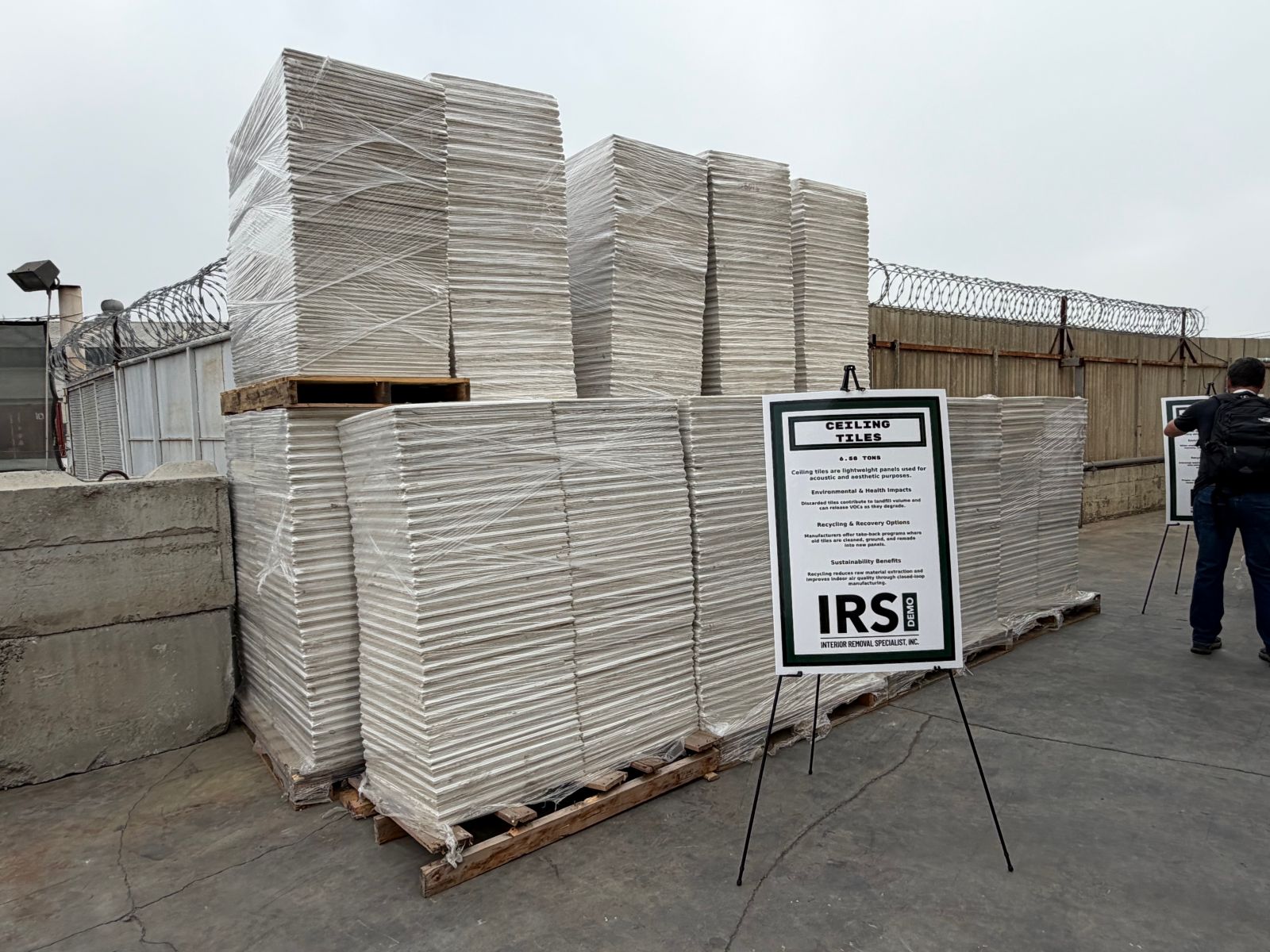
Universal waste:

Carpet:
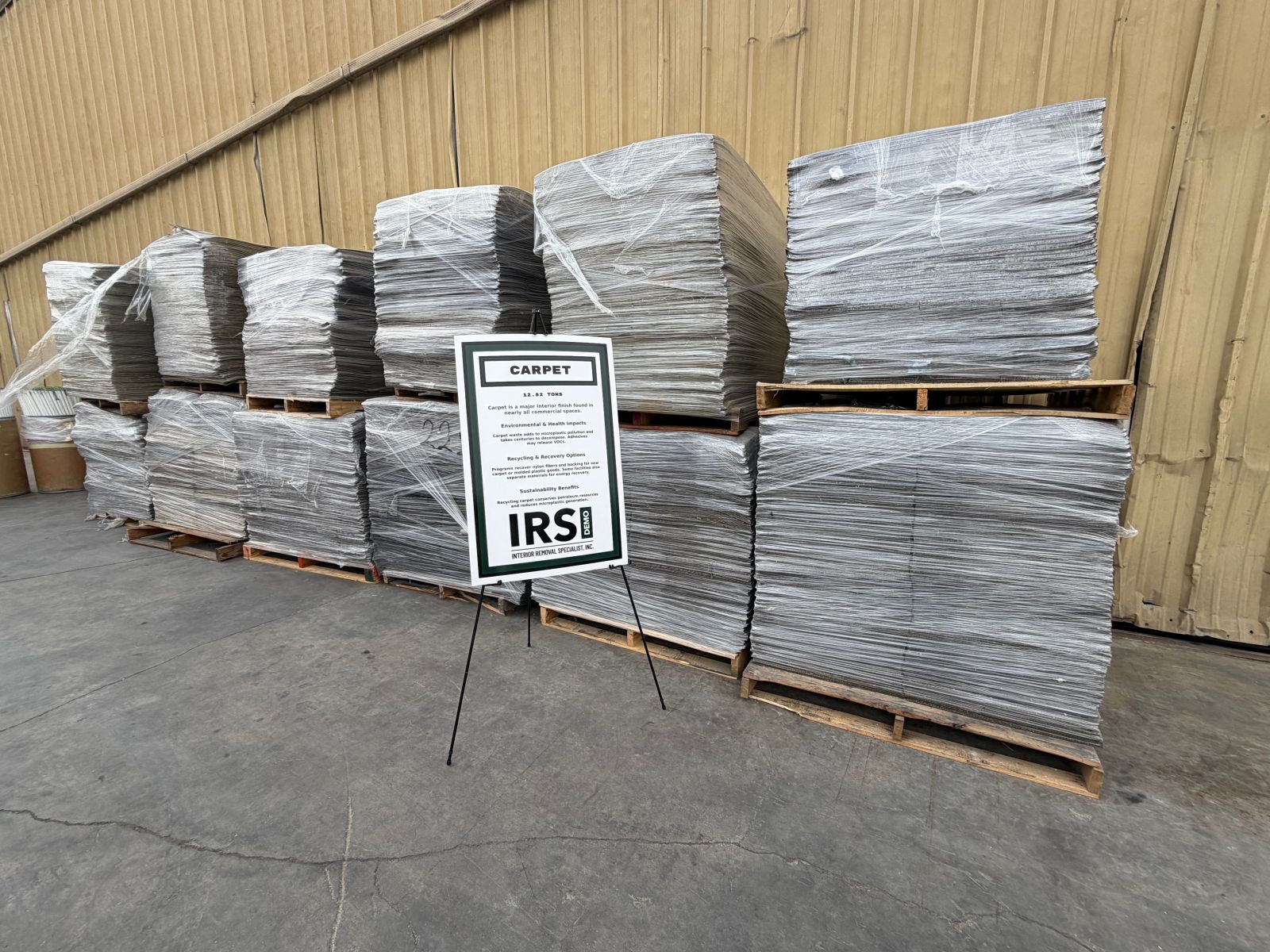
Ceramic:
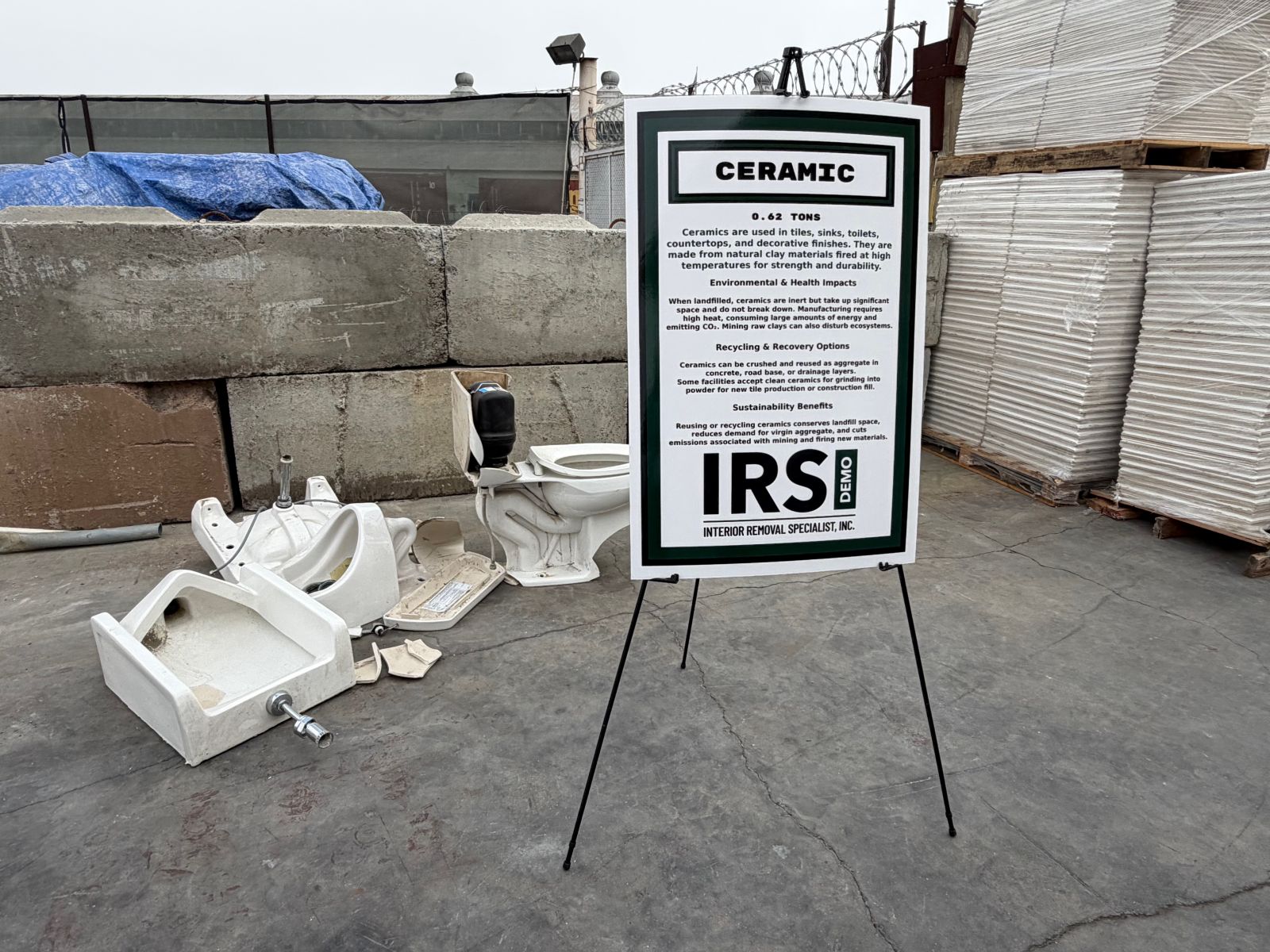
Additional photos from the tour!
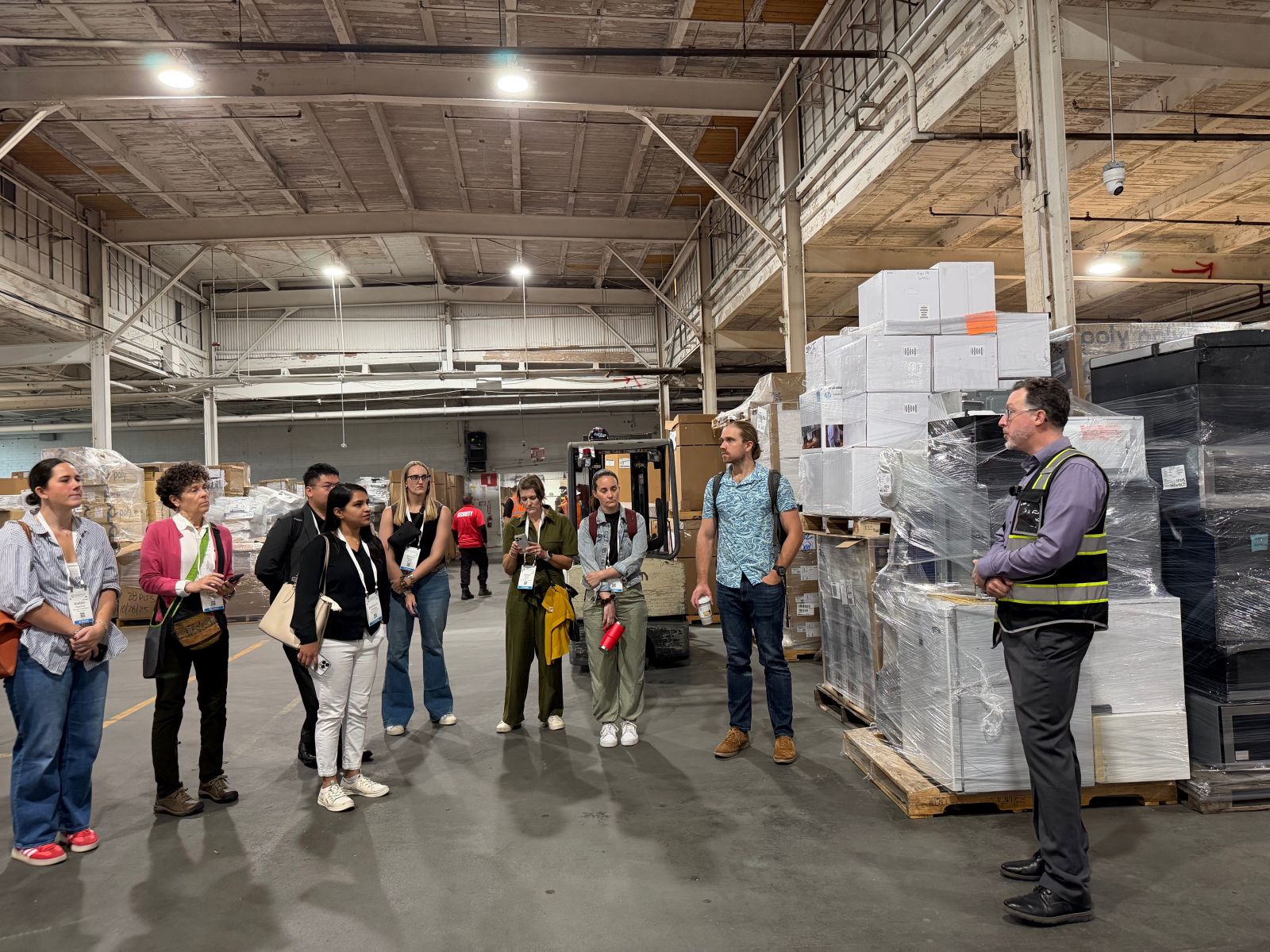
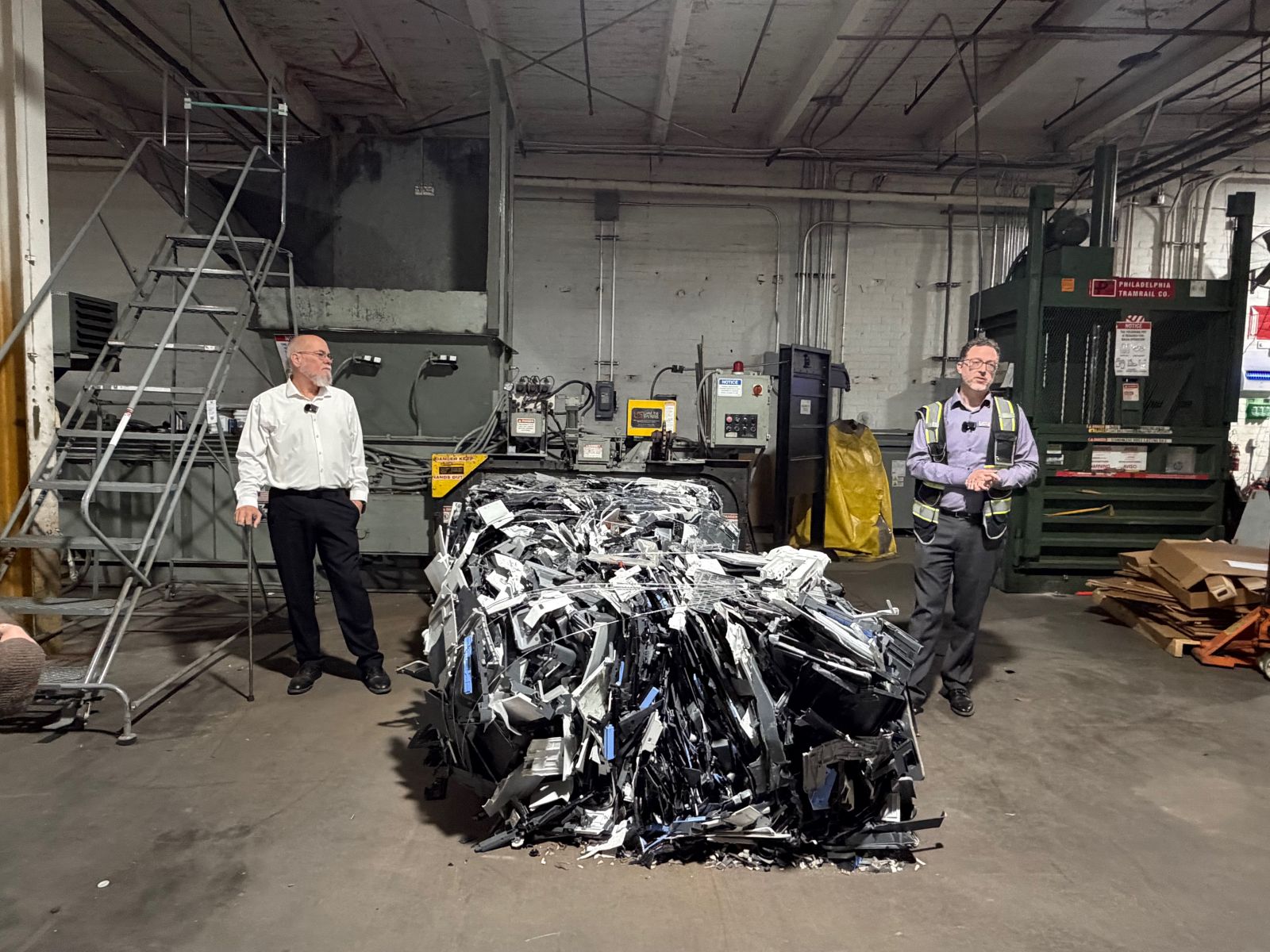
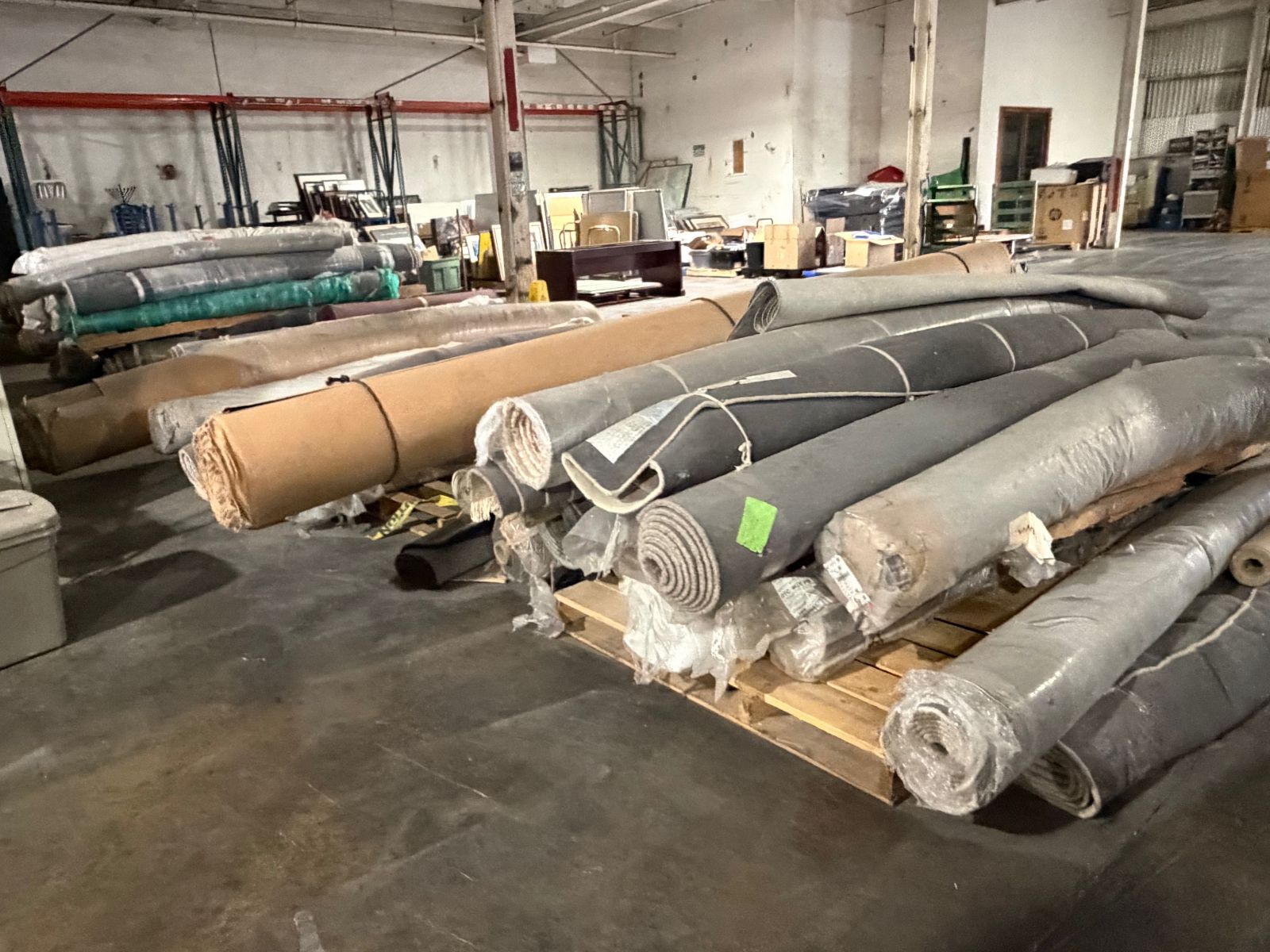
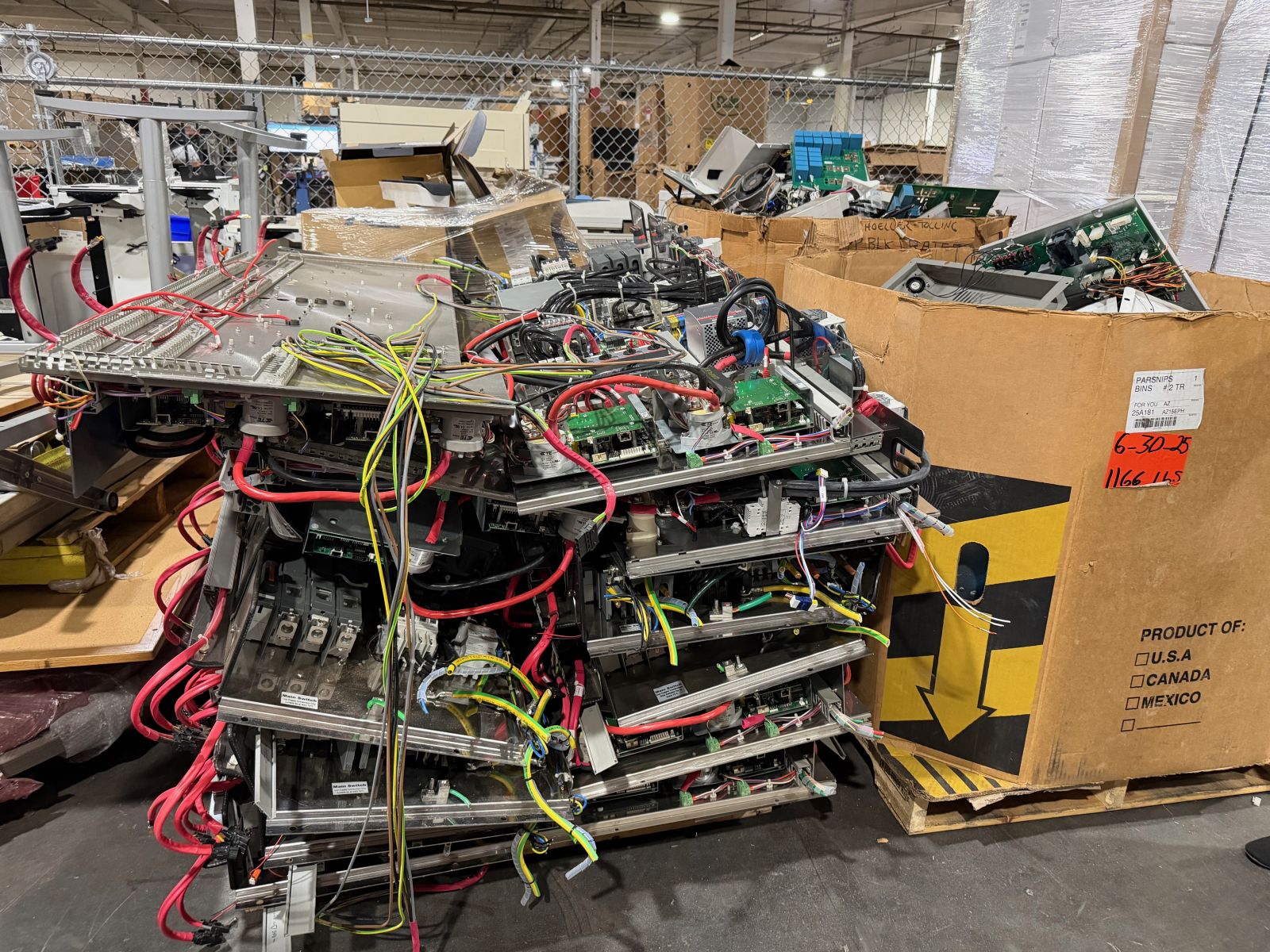


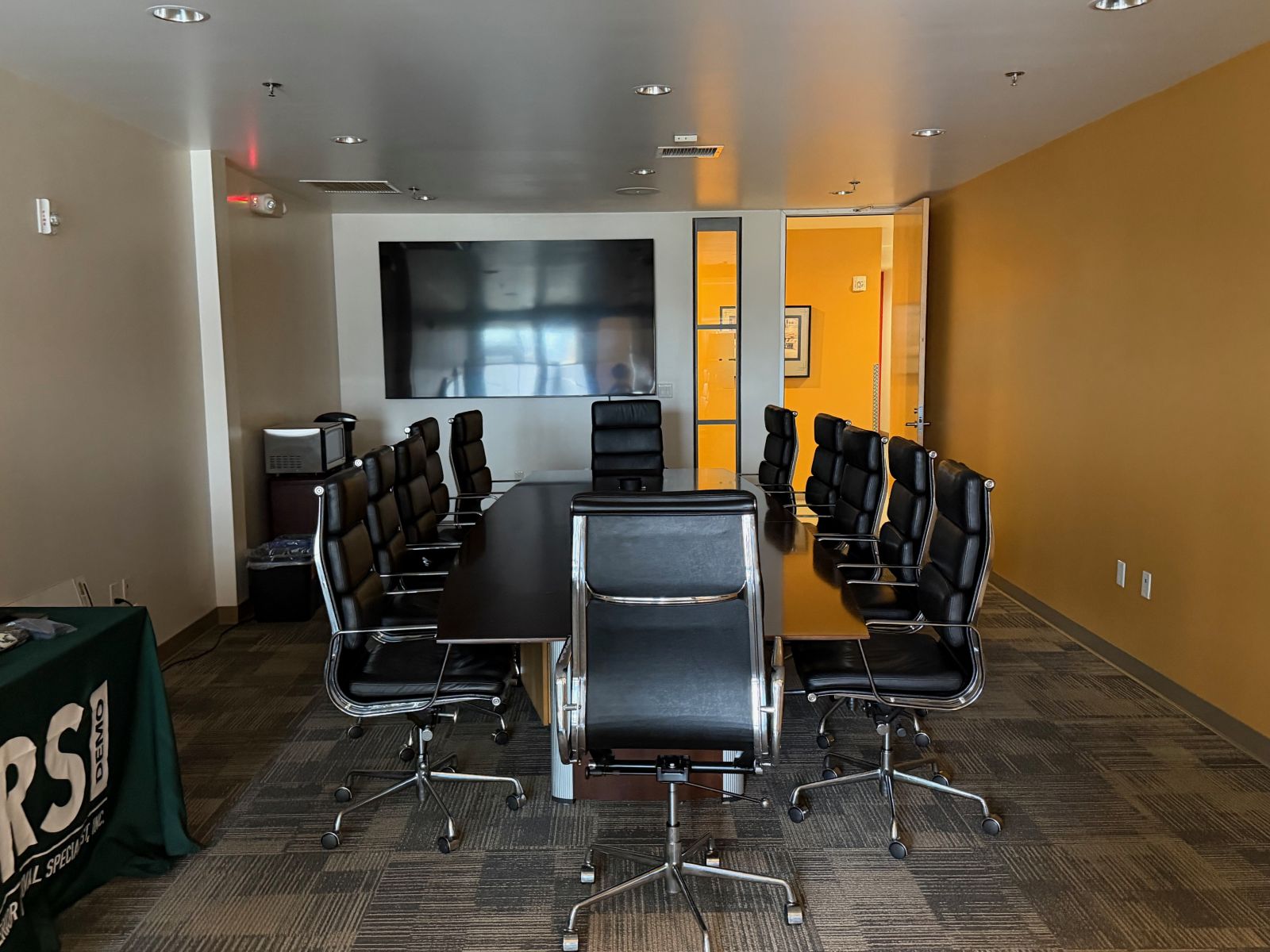
.png)
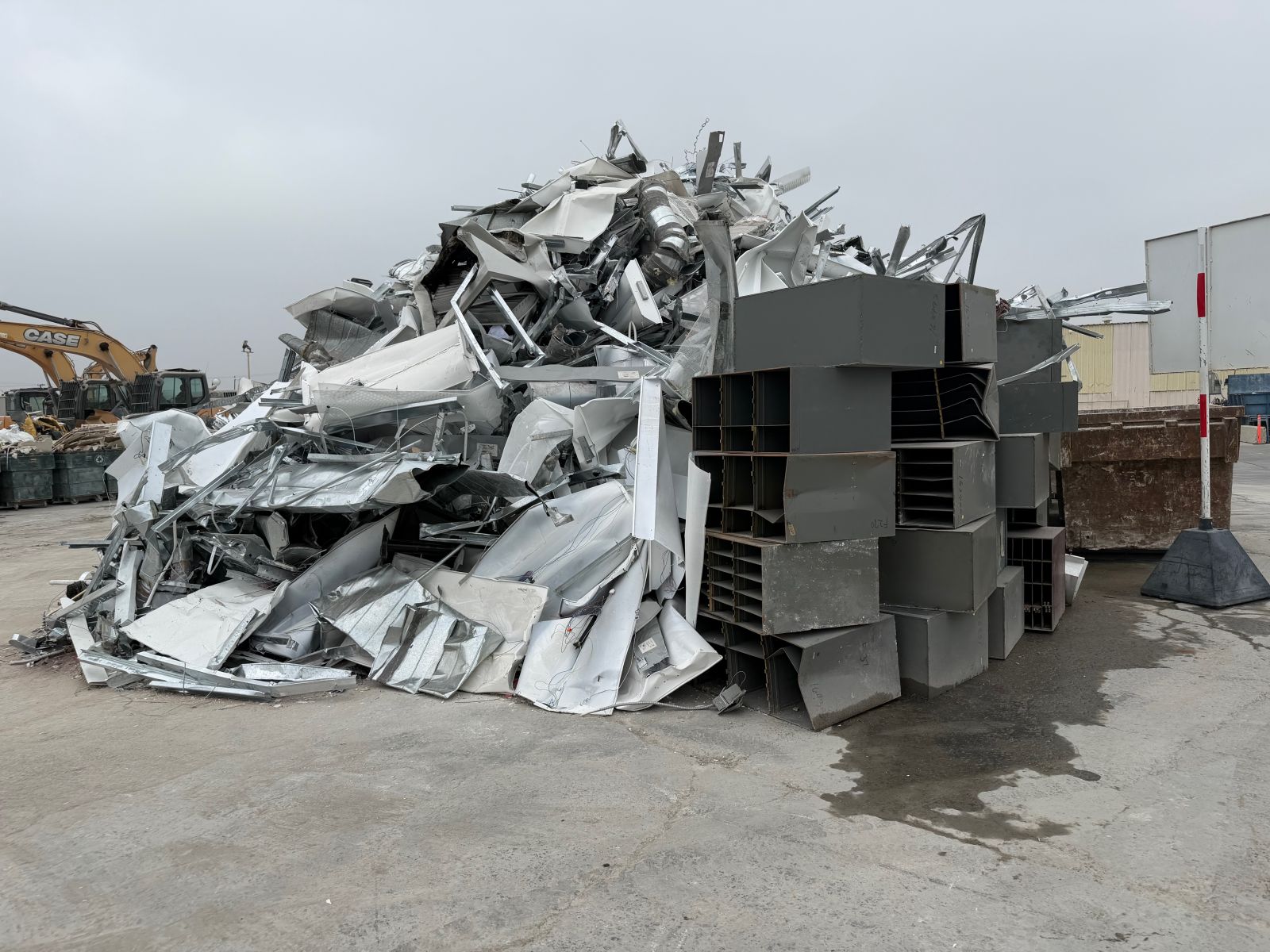
.jpeg)
- Filed Under: Sustainable Demolition
- Keywords : Demolition, Construction, Recycling, Waste Management
- ( 755 ) views

I am excited to work with the Members of the Rate It Green Community to host conversations, create connections, and generally share information and help green builders everywhere. Please feel welcome to reach out to me directly with suggestions for improving Rate It Green.
- ( 0 ) Ratings
- ( 104 ) Discussions
- ( 131 ) Group Posts
Reply/Leave a Comment (You must be logged in to leave a comment)
Connect with us!
Subscribe to our monthly newsletter:
 Greenbuild Report Out, 2025 Nov 12, 2025
Greenbuild Report Out, 2025 Nov 12, 2025











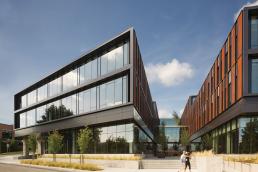
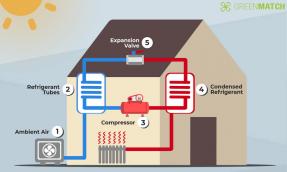

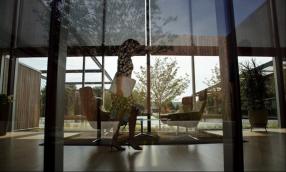










Not a Member Yet? Register and Join the Community | Log in